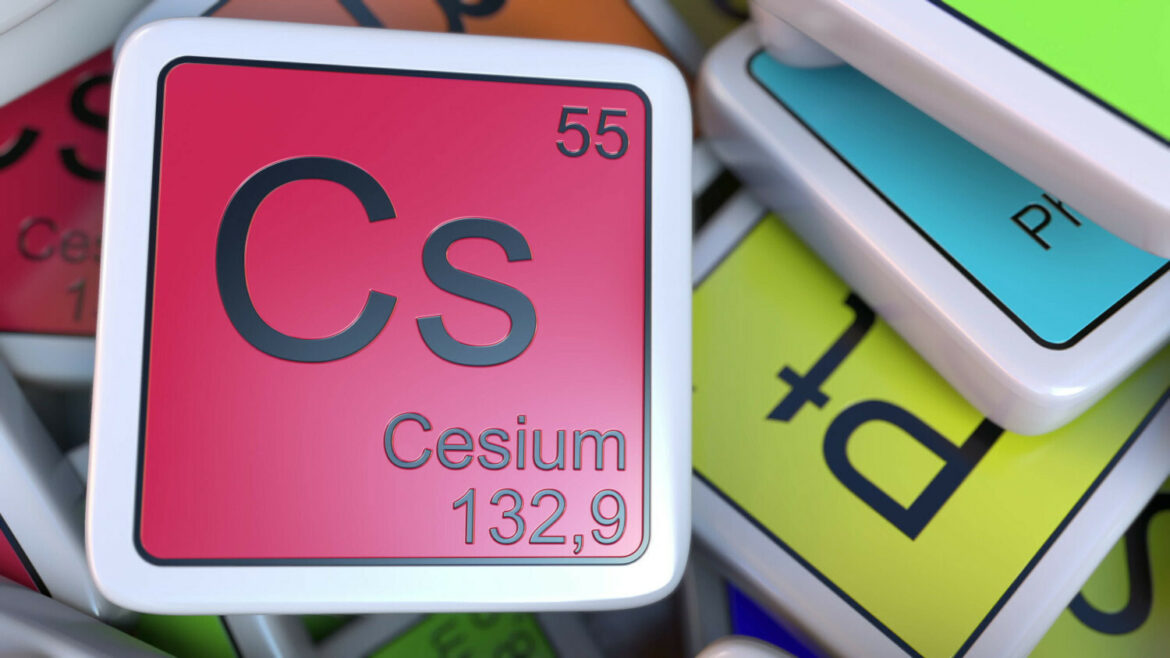Polish scientist, Dr Artur Kasprzak from the Faculty of Chemistry at Warsaw University of Technology (PW), finds way to remove toxic caesium from water. He is the only scientist in the world working on such an application of this compound.
Nanomaterials containing sumanene can remove toxic caesium, which is dangerous to humans and the environment.
High concentrations of the caesium isotope 137Cs are found mainly where nuclear power plant disasters have occurred. This was the case at Fukushima, for example, and brought serious consequences.
Japan is an island country, so the problem was greater than at Chernobyl. “Toxic caesium leaked into the water, including groundwater, into areas where rice is grown”, says Dr Artur Kasprzak.
If the caesium isotope gets into the environment, it will be there for a minimum of 30 years. However, the problem with caesium does not only concern disaster sites, as the element is used in various forms in cancer treatment, the pharmaceutical industry and even in dietary supplements.
Scientists have begun to look for ways to remove caesium salts from aqueous solutions. Dr Kasprzak developed a new material – consisting of magnetic carbon nanoparticles with a cobalt core modified with sumanene.
‘I became interested in sumanene in 2019 during a research internship at Osaka University in Japan, when I worked in the team of Prof Hidehiro Sakurai, who discovered the compound in 2003’, says Dr Kasprzak.
“I was able to find a reference that sumanene selectively interacts with caesium cations. This was the beginning of further research”, he adds.
Dr Kasprzak decided to practically exploit this effect of sumanene by developing a magnetic caesium nanoadsorbent.
In collaboration with Prof Hidehiro Sakurai’s team, Dr Kasprzak conducted tests to verify the effectiveness of his solution. He unequivocally concluded that it allows caesium to be removed from aqueous solution.
Adrian Andrzejewski





